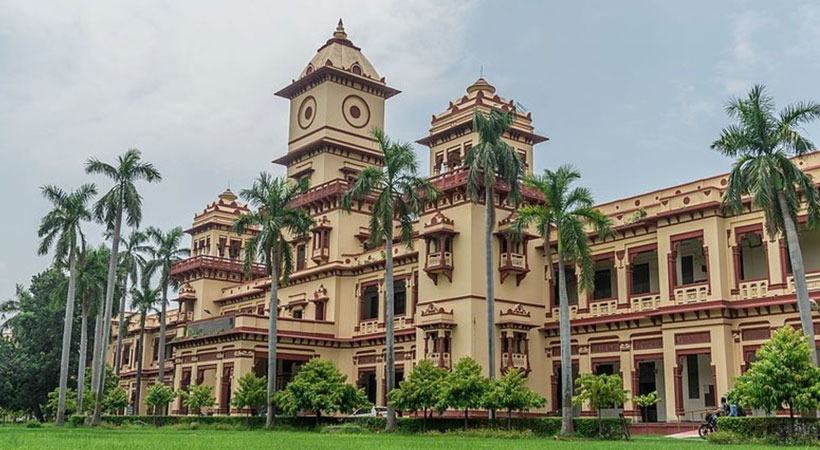India has a long history of education, beginning from early education under a guru to modern educational systems. While initially, Indians saw education as a means to attain moksha or enlightenment, our aspirations have diversified to a vast variety of other things in the present day. In this fast-growing and digitalised education system, let us take a peek at how India’s education system was in the earlier times which is also a reminder of our rich cultural heritage.
Nalanda Open University, Bihar is the oldest university in India. It was an important learning centre for the Gupta period people and was established by Kumara Gupta as a Buddhist monastery that worked as a university. Nalanda University has a legacy dating long before Oxford, Cambridge, and Europe’s oldest university Bologna. It not only speaks of the kind of education we had centuries ago but reminds us of the importance of having an extensive education centre. Apart from Nalanda, there were many other old institutions and some of which still stand in honour.
The roots of modern Indian education system lies in the colonial legacy. The British Government used the university system as a tool of cultural colonization. Colonial efforts in higher education were carried out initially through the East India Company, followed by the British parliament and later under direct British rule. The first institution of higher learning set up by the British East India Company was the Calcutta Madrasa in 1781. The Asiatic Society of Bengal followed this in 1784, Benaras Sanskrit College in 1791 and Fort William College in 1800. The Charter Act of 1813 which removed restrictions on missionary work in British India, led to Serampore College’s establishment, West Bengal in 1818. This is also one of the universities which are still functioning and are the first institution to get the status of a university in India which was granted by King Frederick VI of Denmark
In 1857, the first three official universities were started in Bombay (Mumbai), Calcutta (Kolkata) and Madras (Chennai). The University of Calcutta is the first institution in Asia to be established as a multidisciplinary and secular Western-style university. Ten years before these premier universities were established, IIT Roorkee came into existence. Formerly, University of Roorkee and Thomason College of Civil Engineering, a public engineering university located in Roorkee, Uttarakhand, also holds the title of the oldest technical institution in Asia.
The Aligarh Muslim University (1875), Panjab University (1882), University of Allahabad (1887), Banaras Hindu University (1916), University of Mysore (1916) are some of the other universities established pre-independence which still continues as important centres of education in India. When India gained independence in 1947, the nation had 241,369 students registered across 20 universities and 496 colleges.

















